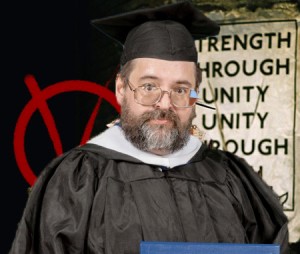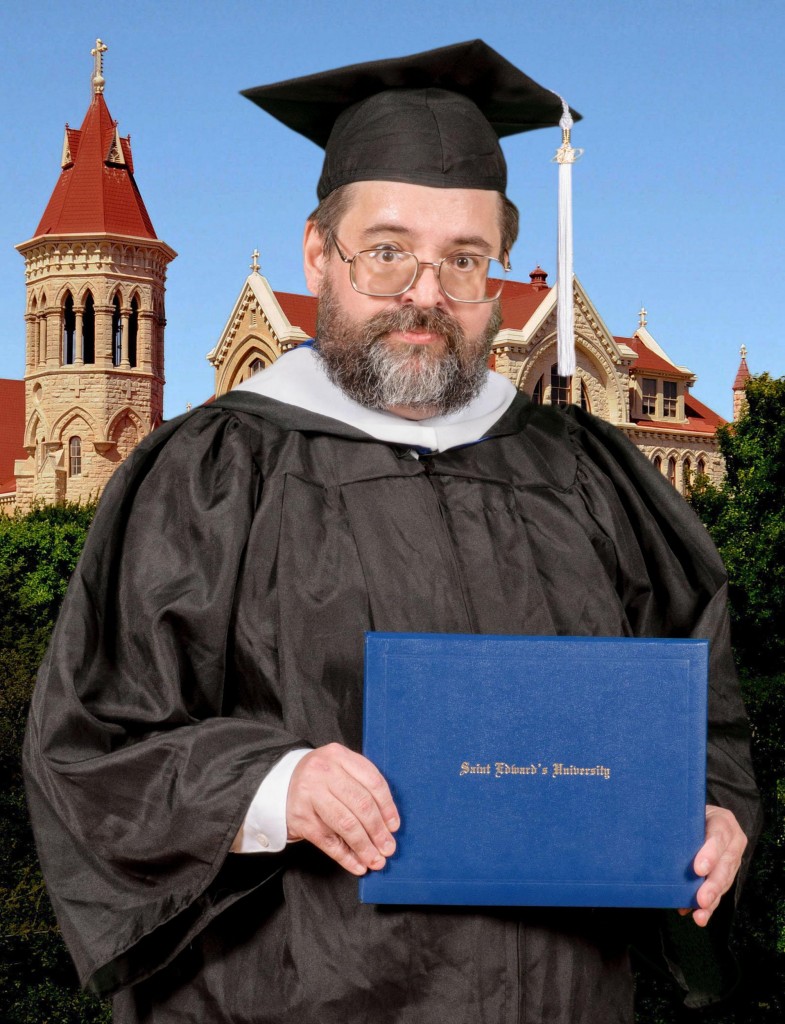I’ve mentioned previously my belief that higher education will fundamentally change in the next decade, especially with the growth of online courses. The biggest thing that folks have been waiting on is college credit: almost all online courses that I’ve seen so far (with the exception of university specific correspondence programs) did not offer credit for course completion.
The LAT reports that Coursera, one of the major online course providers, and the American Council on Education have reached an agreement. ACE will recommend that colleges accept four Coursera courses for college credit:
It is usually free to take a course through Coursera and other similar groups, including Udacity and edX. However, Coursera charges students $30 to $99 for a completion certificate for a class taken under surveillance monitoring that includes individualistic typing patterns to prove a student’s identity. For an additional $60 to $90, a student will be eligible for the ACE credit by taking final exams proctored through webcams.
The four courses in the Coursera/ACE agreement are:
- a pre-calculus class offered by UC Irvine.
- a calculus class offered by the University of Pennsylvania.
- two classes offered by Duke in genetics and biodiversity.
ACE is also recommending that universities accept an algebra course from UC Irvine for “pre-collegiate remedial or vocational credit”.
This gives me a chance to mention something else that’s been going on. I previously noted that I was taking the Stanford University/Class2Go online course, “An Introduction to Computer Networks“. The course wrapped up at the end of November, but I’ve been waiting on various things before I posted about it.
I’m glad I took the course. I learned a great deal from it, especially about the lower levels of IP, TCP, UDP, and routing protocols. There was a lot of sweat in this course; I am willing to say that it was probably more difficult for me than any course I took at St. Edwards. Part of the difficulty may have been the self-paced nature of the course; I got a little behind at a few points and had to work hard to catch up. I think the course would also have been easier for me if I had purchased the suggested, but not required, textbook when I started the course. I didn’t do that at the time because the text was going for more than $100; I found a used copy at Half-Price about halfway through the course and paid about $25 for that.
Unfortunately, the Class2Go presentation of this course was also very buggy. You’d watch videos of lectures, interspersed with multiple-choice questions. Except sometimes the questions wouldn’t pop up. You could also watch the videos without the questions, and answer the questions in a separate window; except even then, some of the questions wouldn’t pop up until the third or fourth pass through.
The actual lecture videos, for the most part, played back okay. There were optional guest lecture videos that you could download as well. I did that, but some of the videos are huge, and don’t have smaller versions available. The Jim Kurose video is 1.7 GB and 1:16 long; by comparison, the 720p version of Top Gear’s “The Worst Cars In the History of the World” is 1.24 GB and 1:13 long. This may not be so bad if you’re on the Stanford campus and plugged into your dorm room’s Ethernet, but over a DSL connection? Not so hot.
One of the things I’ve been waiting on is the final “grade”, for want of a better word. This wasn’t a for-credit course, but you could get a “certificate of completion” from Stanford if you scored above a certain point on the two exams for the course. The two exams had a total of 960 points between them; the final decision by the instructors was that a certificate would be awarded to anyone who scored over 500 points.
So I struggled and I sweated and I waited for the light…and I scored over 500 points on both exams. I won’t say how much over 500, but it was enough, and I finally got my certificate of completion a few days ago.
Having said that, I’m not completely happy with how well I did. I’m seriously considering retaking the course when it is offered again this fall, just to see if I can do better with a textbook in hand.

